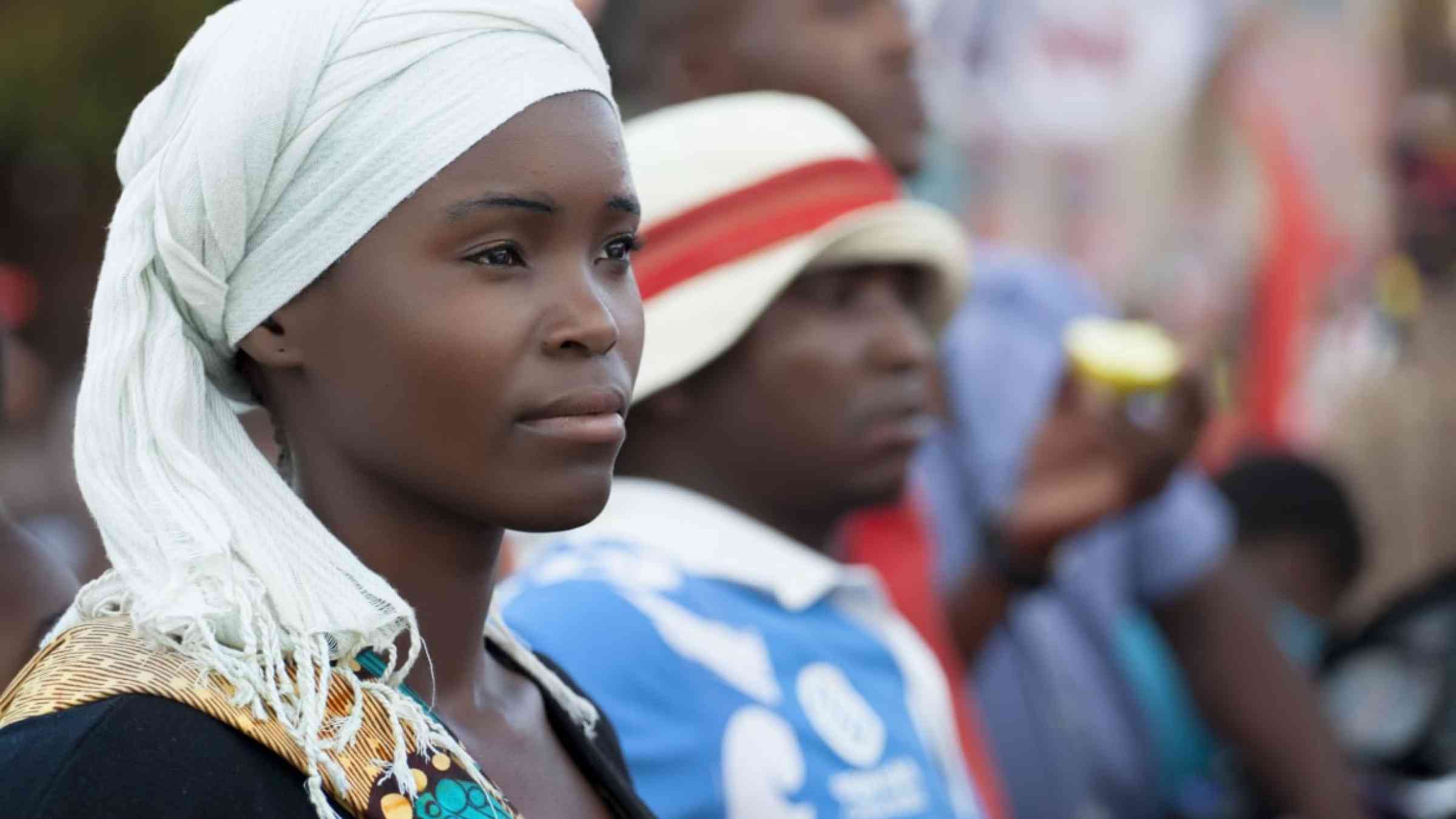AJEM call for papers: Gender diversity and inclusion

The Australian Journal of Emergency Management (AJEM) is seeking article submissions for its 2024 themed edition on Gender Diversity and Inclusion. This special edition is part of a broader collaboration with Gender and Disaster Australia.
AJEM is a quarterly journal of analysis, considered views, lessons learned and insights into current and future issues. Researchers and practitioners at all levels of emergency management are encouraged to submit content.
For this themed edition, the AJEM editorial committee is seeking submissions that focus on the factors and influences that affect diverse genders and either increase or reduce inclusion for these groups. We are interested to explore how to ensure strong outcomes for people of diverse genders, whether they are in communities, are practitioners, or are researchers. Articles can focus on any stage of a crisis including before, during and after disaster. Submissions that provide diverse perspectives on disaster in Australasia and inclusive approaches to resilience building will be highly regarded.
Submissions can include research for peer review, reports (1500-3000 words) and shorter ‘News & Views’ articles (700-1500 words).
The edition is scheduled for publication in July 2023. Research papers should be submitted as soon as possible for peer review. Interested authors are encouraged to supply working titles and draft abstracts now. News and Views content should be submitted for consideration by April 2024 to [email protected].
Interested contributors can read the submission guidelines here.
AJEM is an official publication of the Australian Institute for Disaster Resilience. It has a Q2 ranking and is an open access publication under a Creative Commons license. AJEM does not charge author fees.
Learn more about AJEM and read past editions here.